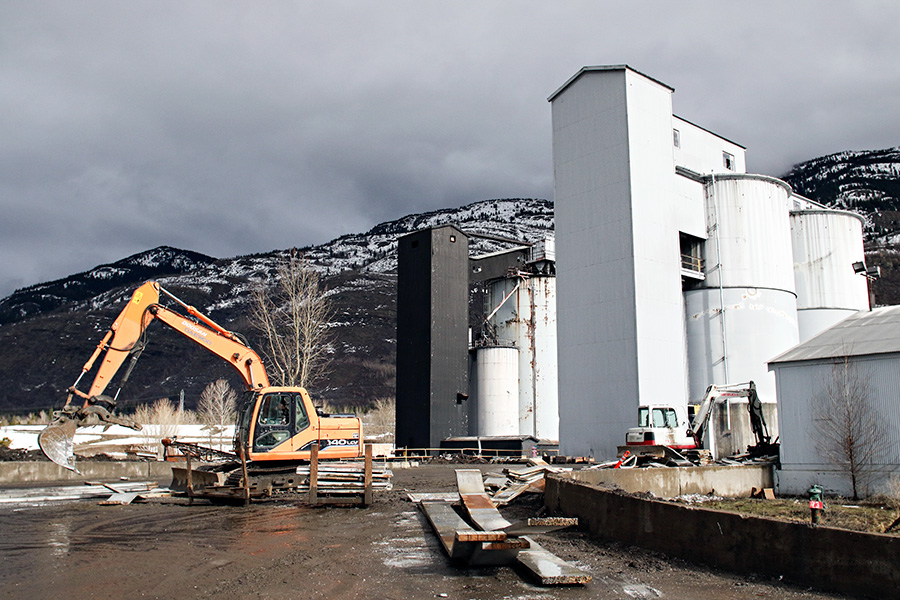The Montana Department of Environmental Quality announced Sept. 21 that the Columbia Falls Aluminum Company and its demolition contractors have resolved potential hazardous waste violations at the shuttered aluminum reduction facility’s pot room building near the Flathead River.
The facility contains 451 aluminum reduction cells that each weigh approximately 60 tons and, because they contain chemicals derived from spent pot liners, are listed as a hazardous waste. Spent pot liners were listed by the U.S. Environmental Protection Agency in 1988 as a hazardous waste because they contain toxic fluoride and cyanide compounds that can leach into the water.
Since 2015, workers have been dismantling the shuttered aluminum plant, which was declared a Superfund site — one recognized by EPA as among the most contaminated in the country — in 2016.
In 2015, DEQ, along with CFAC and Calbag Resources — the contractors CFAC hired to demolish the shuttered facility — entered into an Administrative Consent Order that ensures the companies complete the removal project within two years. The agreement exempted them from obtaining a permit for the storage of hazardous waste.
According to an announcement from DEQ, the resolution of the order is separate from the ongoing Superfund work being conducted by the EPA in consultation with DEQ and does not relieve the owners and operators of the facility of any liability associated with violations not addressed by the Consent Order.
DEQ received the final closure report from Calbag’s consultant, Tetra Tech, that included closure certifications, annual hazardous waste registration and maintenance fee reports for 2017 and 2018, payment receipts and a total project summary log of wastes disposed and recycled materials.
Approximately 415,881,518 pounds of waste was removed, including solid waste, asbestos, hazardous waste, universal waste, and reused and recycled waste.
“We are happy to have reached this milestone in the cleanup of the Columbia Falls Aluminum Company,” Jenny Chambers, DEQ waste management and remediation administrator, said. “While there is still work to do, DEQ is committed to making sure all aspects of the cleanup are done right to protect human health and the environment.”
The Administrative Order of Consent was signed in June 2015 between DEQ, CFAC and Calbag after CFAC determined iut would not be able to meet the conditions of a permit for storage of hazardous waste.
Along with hazardous waste removal, DEQ oversees the asbestos, waste water and opencut mining permits. The EPA, with consultation from DEQ, is the lead agency for environmental assessment and cleanup of the facility and has signed a separate Administrative Order of Consent with Glencore and CFAC to conduct a Remedial Investigation and Feasibility Study.
